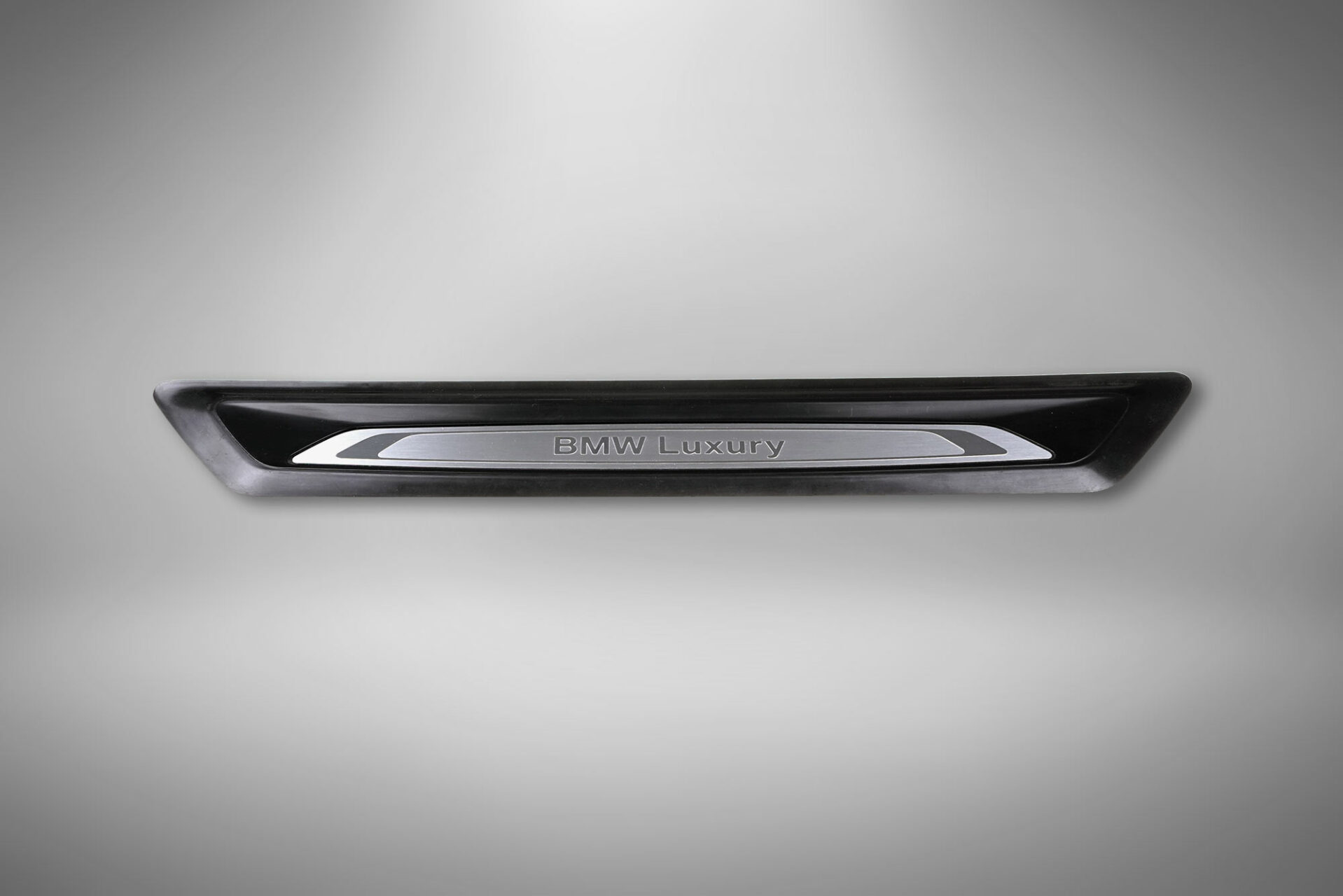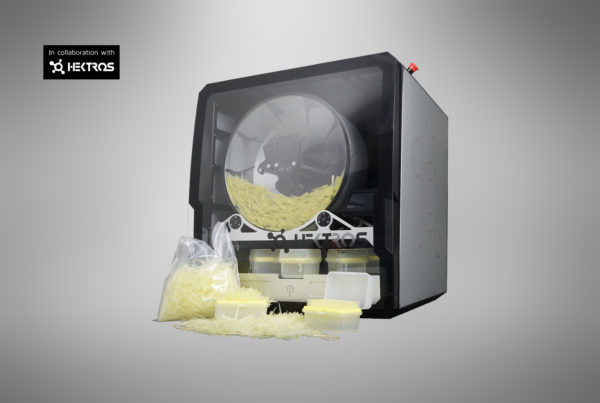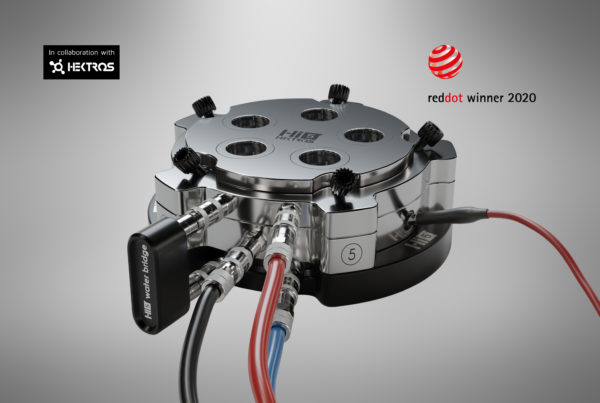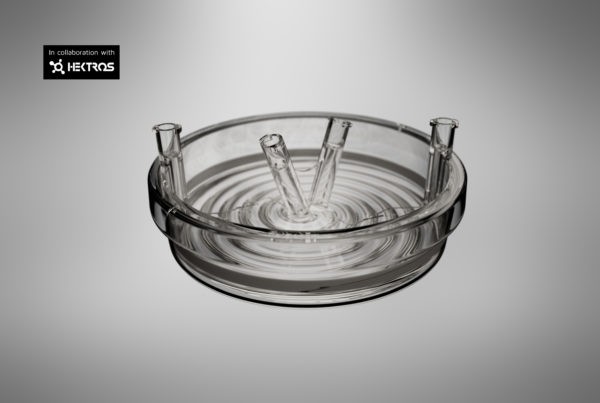If you get into a BMW 2 Series, you swing your legs over the entry panel. It is one of the first parts that a potential buyer sees, and you know that there is no second chance to make a first impression. The external panel therefore has to be impeccable. This is one of the reasons why the development of the tool for the opening was entrusted to the expert hands of Tratter Engineering.
Project manager Michael Leitner brings two entrance panels into the conversation. They come from the pre-series, and Leitner almost doesn’t want to look at them: “These parts were not good, there are many things that don’t fit,” he says. Then, he points out the alleged imperfection, but an inexperienced eye cannot recognise it, even upon the closest inspection. Here, the soft component has extended beyond the hard one, where the lustre is not perfect. As one discovers right at the start of the conversation, the professional’s eye is different from that of the layman.
A work of A-part
However, there’s no space in such a complex project for the layman. After all, the door sill is not simply a part that is visible to BMW customers: in slang, it’s called an “A-part”, i.e. one that immediately attracts attention, and therefore influences the purchase decision. “It has to be aesthetically perfect,” says Leitner. “That’s what BMW was looking for”.
In general, the requirements of the Bavarian automobile giant are often special. Instead of sticking it to the external unit of the car’s body, as with other manufacturers, it is attached to the BMW with two clips. To do so, two holes have to be made in the body. Therefore, the sill must be perfectly sealed to prevent water from dripping into the car’s body, even when a BMW lover takes his car to the car wash.
It doesn’t work
Things that are easily explained are a huge challenge for Tratter’s tool specialists. In order for the door sill to be tight, it has to be made up of two components: a hard one for the panel core, and a soft one for the edge, which guarantees optimal adhesion to the body. “Because the mask consists of two components, it is not produced by injection moulding, but with the help of a 2K turning tool,” explains Leitner. In this tool, the hard core is first manufactured, and its parts are then rotated so that the soft component can be injected. Everything has to fit exactly to within a tenth of a millimetre: nothing must protrude, invade or transgress. “Actually,” Leitner smiles, “what we did seemed impossible.”
But this is a term that has been removed from the vocabulary of Tratter Engineering employees. For example, the tools for four different panels installed in the BMW 2 Series were developed within 16 weeks, followed by sampling and optimisation cycles, before Tratter started the tests. “All in all, we dedicated 30 weeks of development to the access panel tools,” the project manager recalls.
From expert to expert
This project shows that Tratter does not buckle in the face of a challenge. “That’s certainly one of our great advantages,” says Leitner. “We are flexible, we react quickly to changes, even during the execution of the project, and provide solutions.” Moreover, over the years, the company has built excellent relationships with first-class tool manufacturers, and is familiar with the expertise of each supplier. “As a result, we have the right supplier for every tool we need.”
Furthermore, since Tratter itself has a lot of experience in creating tools, “we are able to establish clear guidelines and anticipate problems that could arise in creating tools during development”. In this way, any obstacles are eliminated before they become visible to the customer.
Millions of parts and tenths of millimetres
All these advantages come together in a project like BMW, in order to create tools that satisfy even the highest demands and that do not wear out, even in large quantities. “Our tools are designed for a million work cycles,” says Leitner. Simply put: a tool can produce a million parts before it needs to be replaced. A million parts that fit precisely, to within a tenth of a millimetre.
So, here we are again, facing the impossible. Or rather: how to make it possible. Or, as project manager Michael Leitner states: “if you know the complexity and effort behind each part, and how small the margins are, we always think: a car should not be able to travel”. But it does so anyway.








